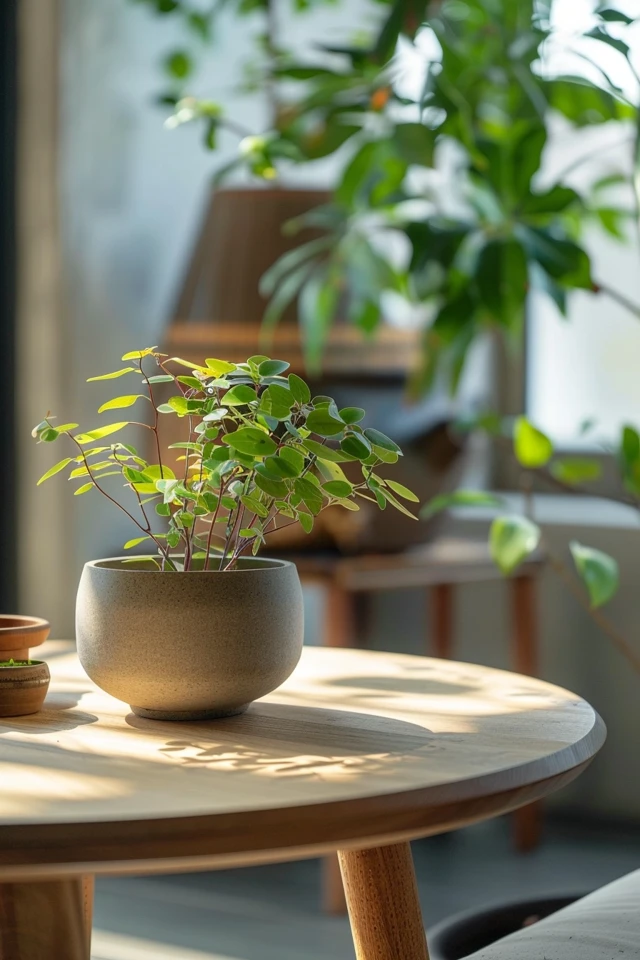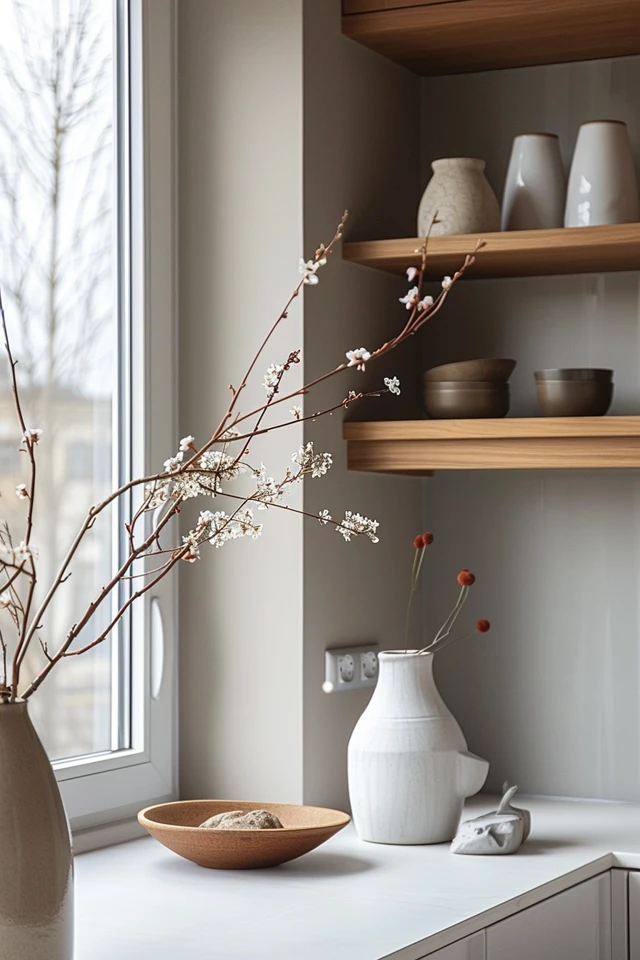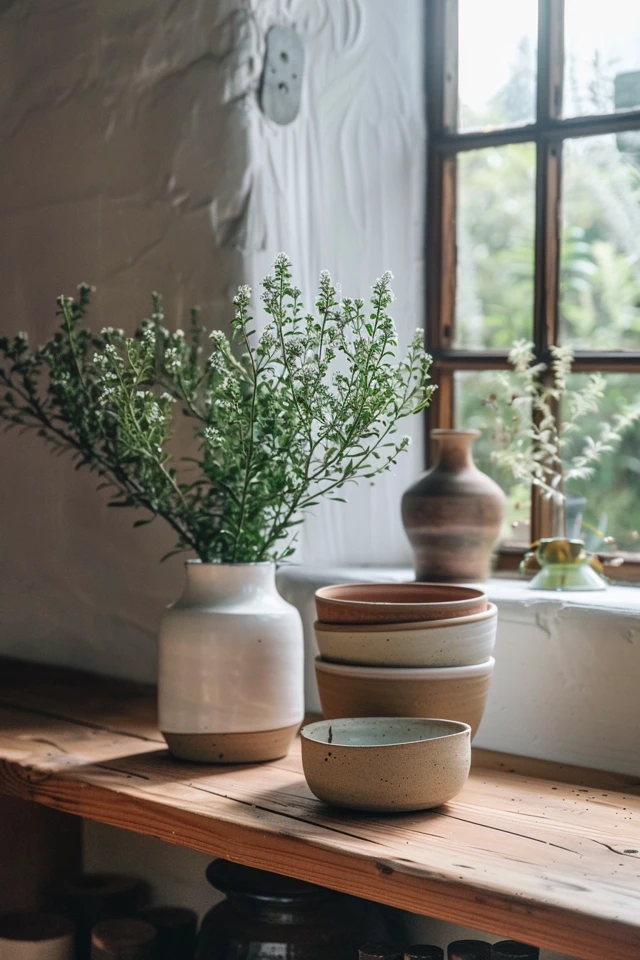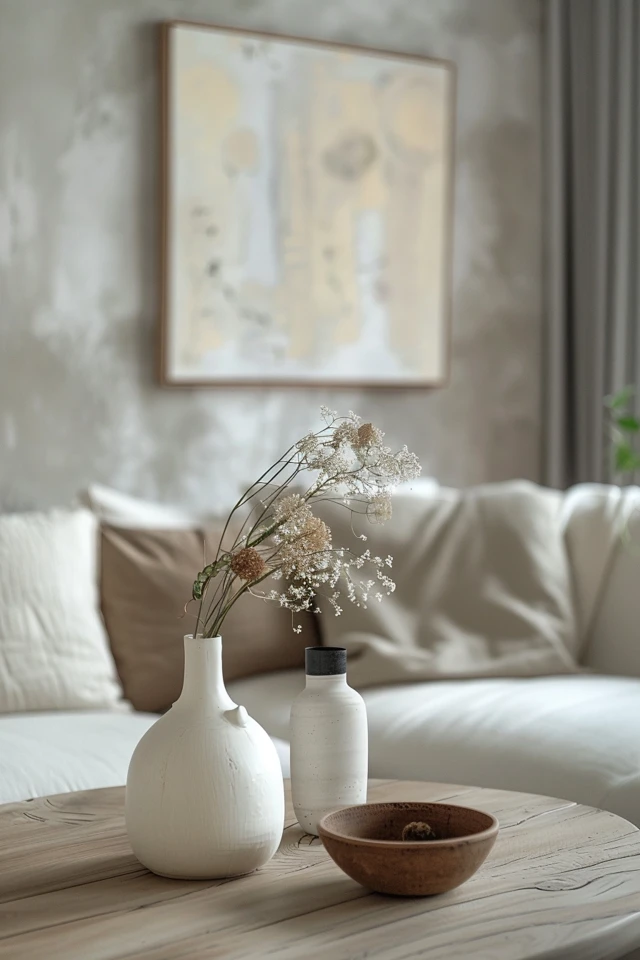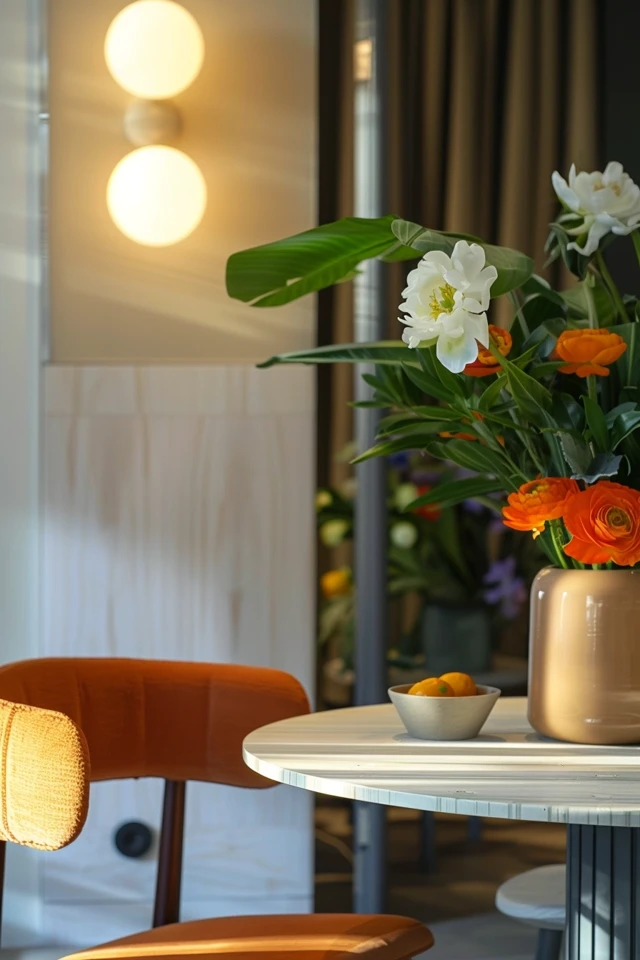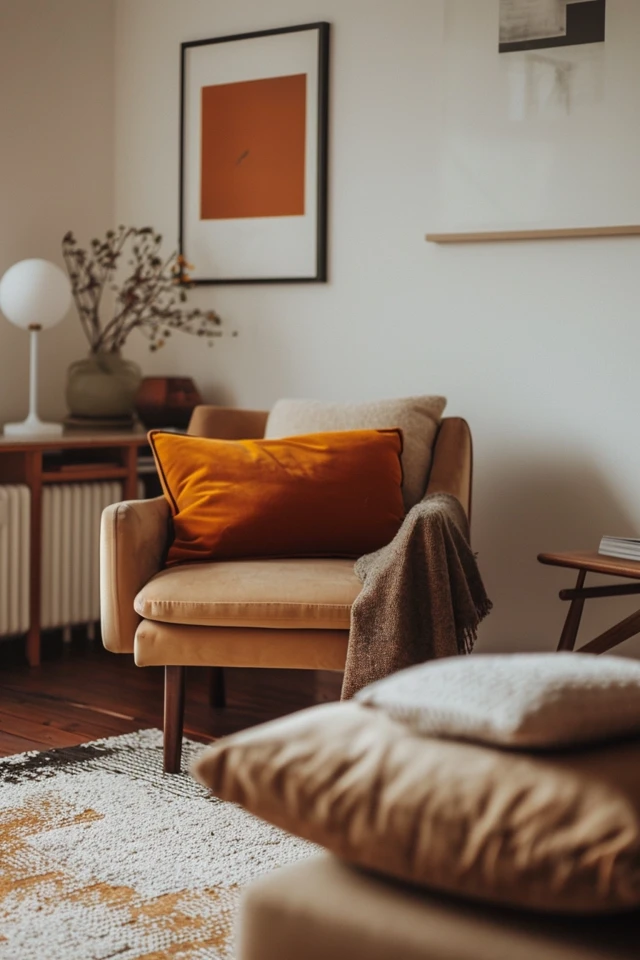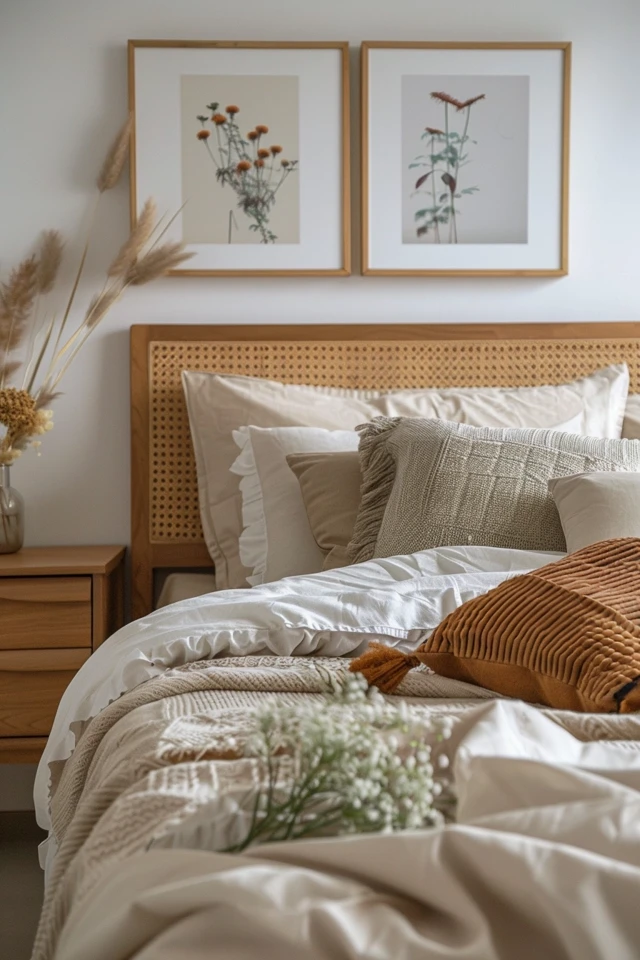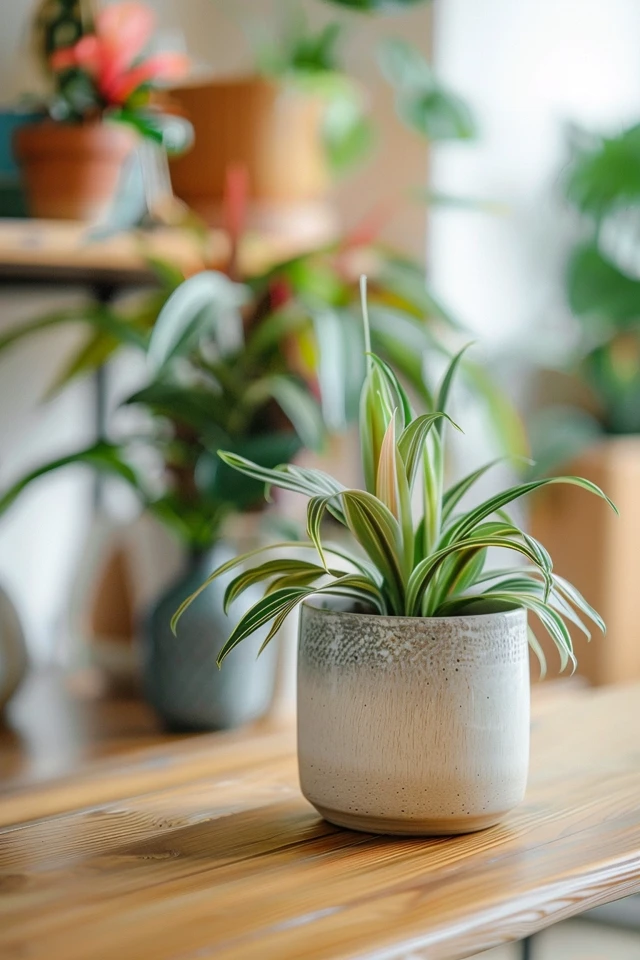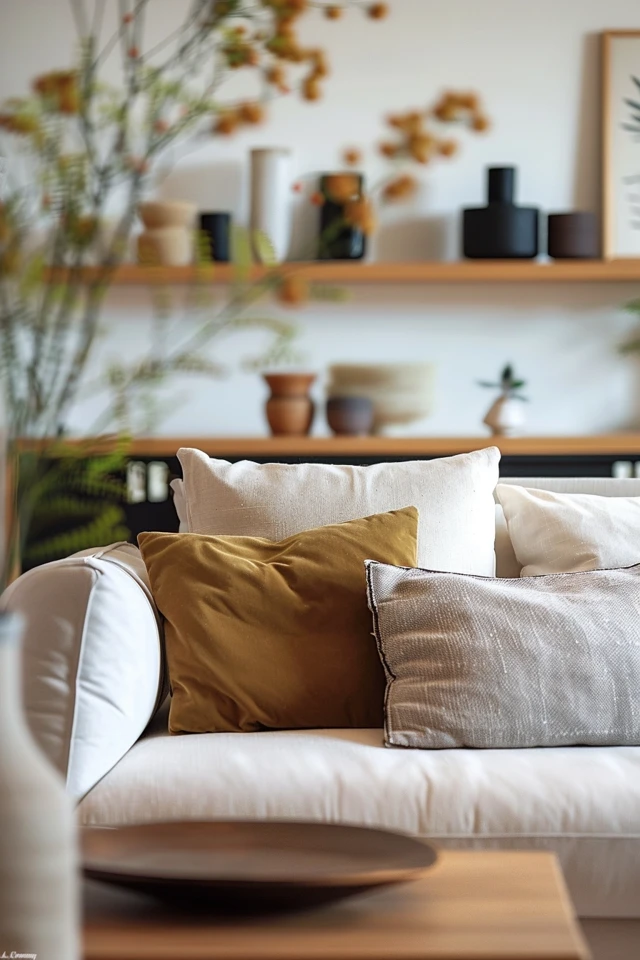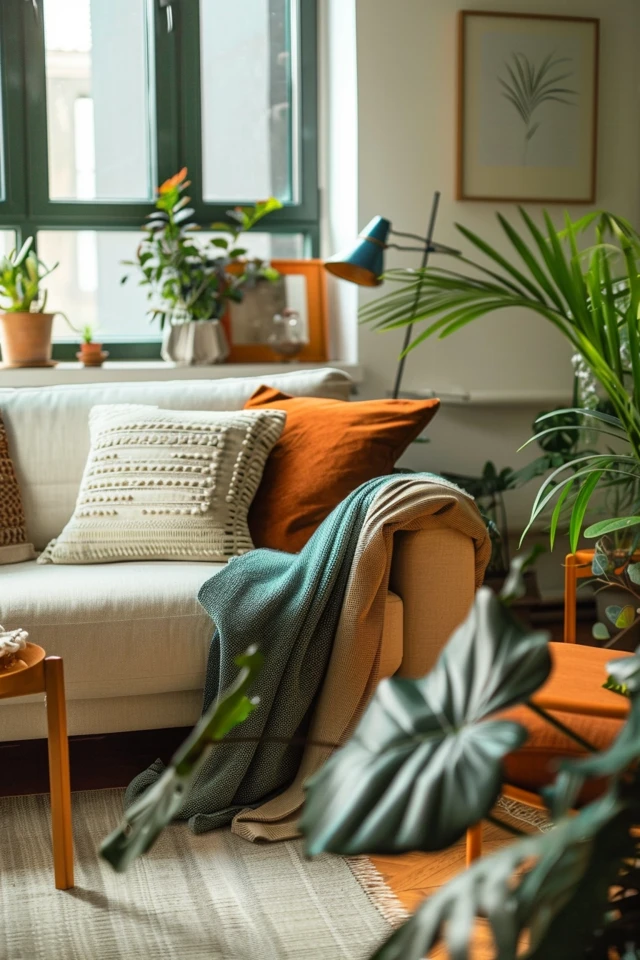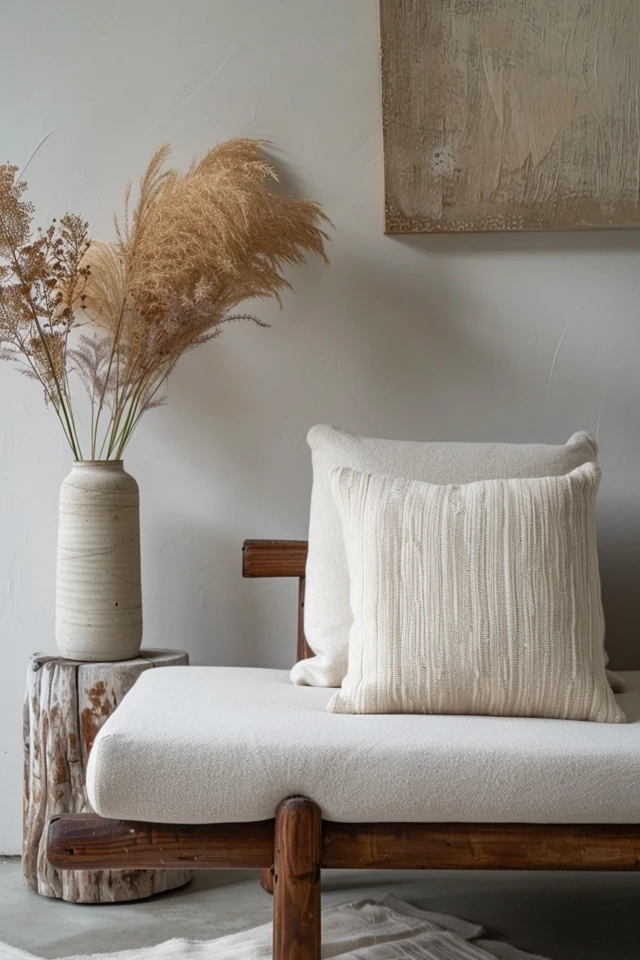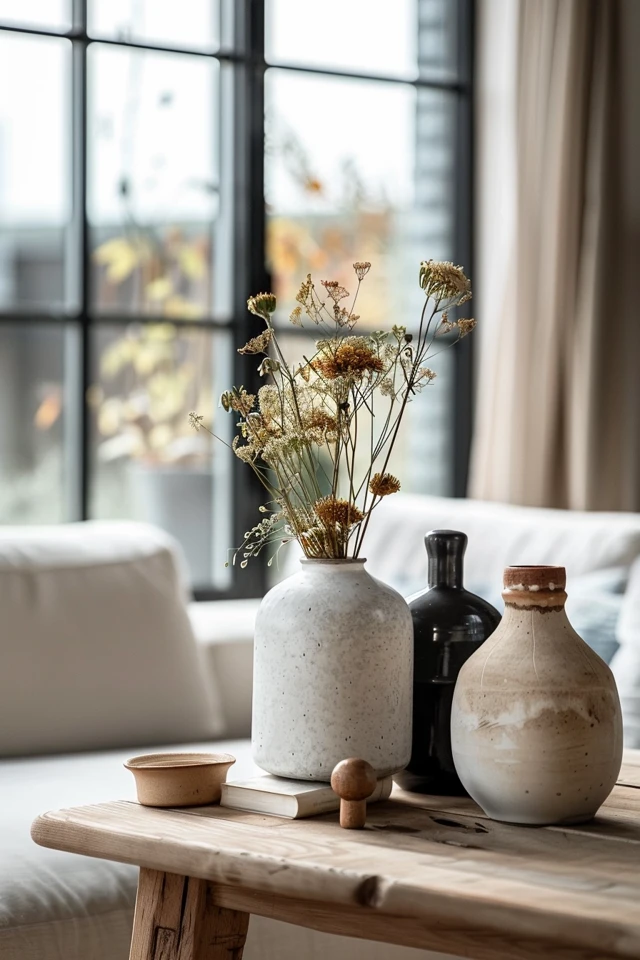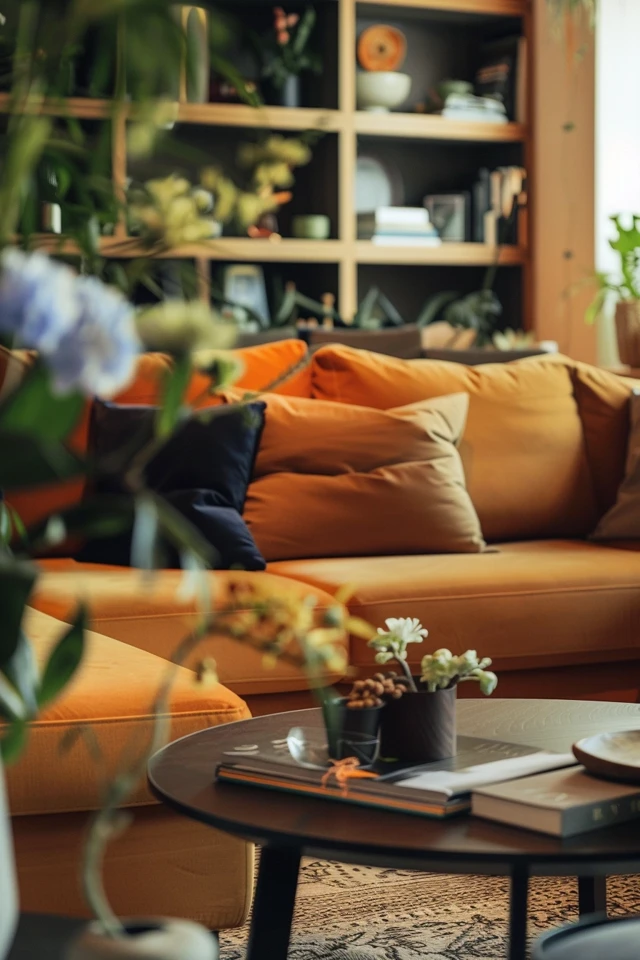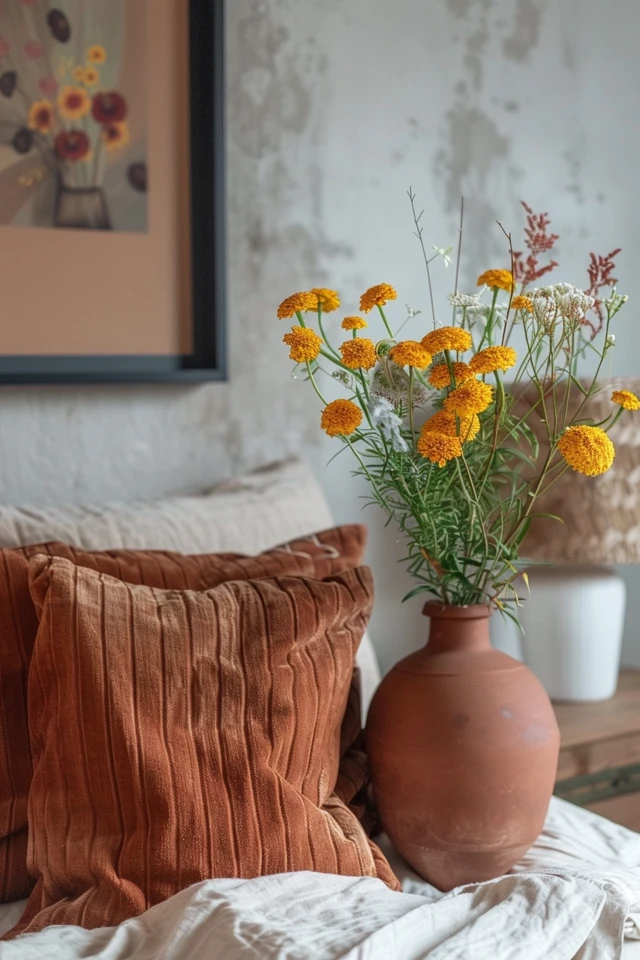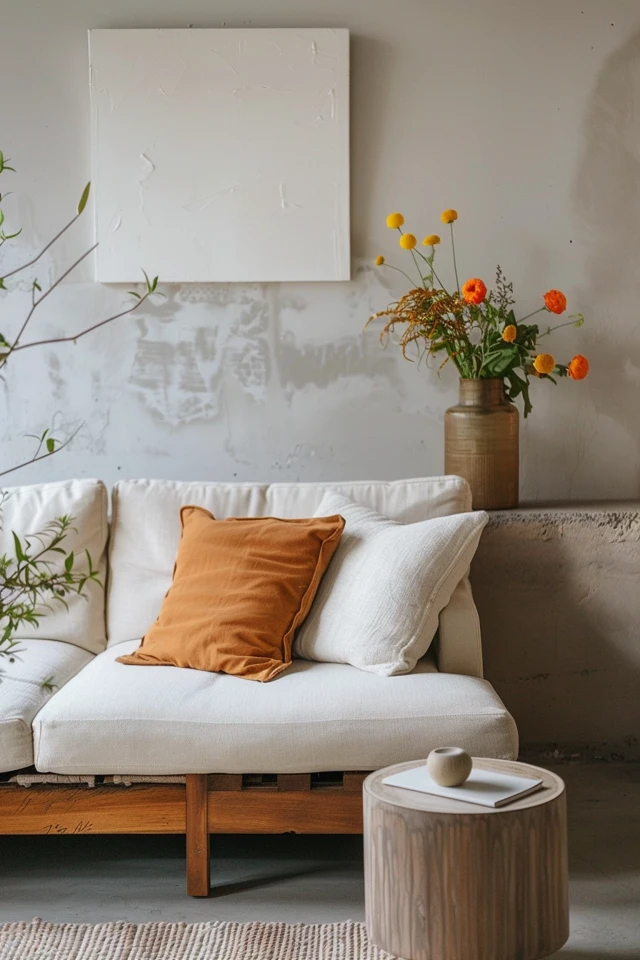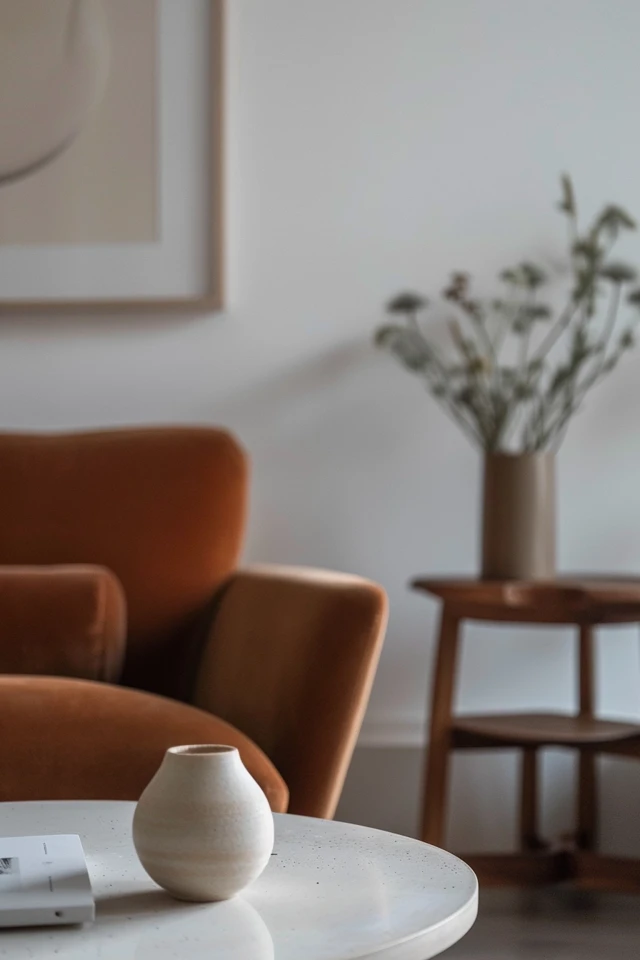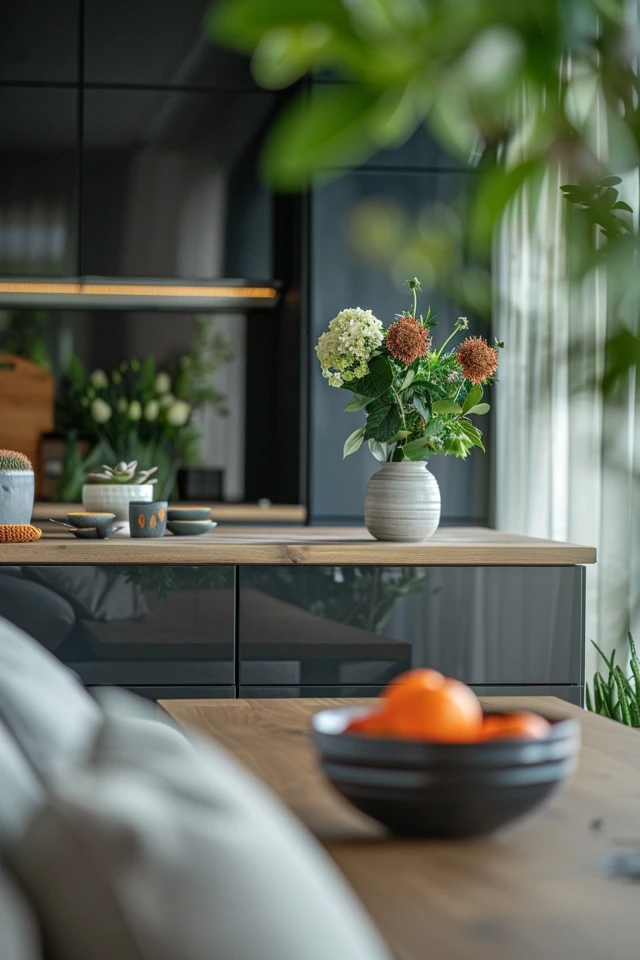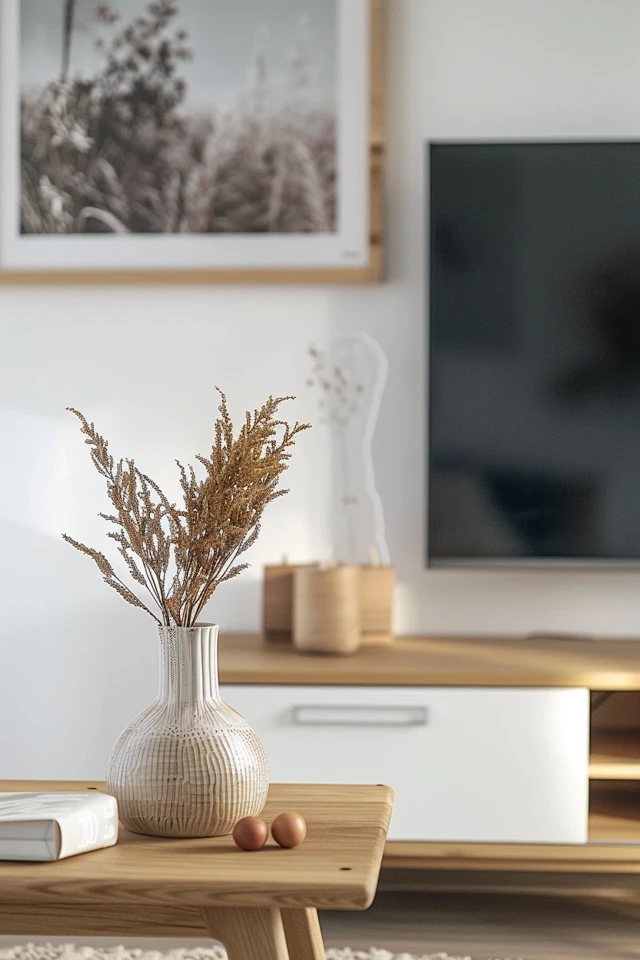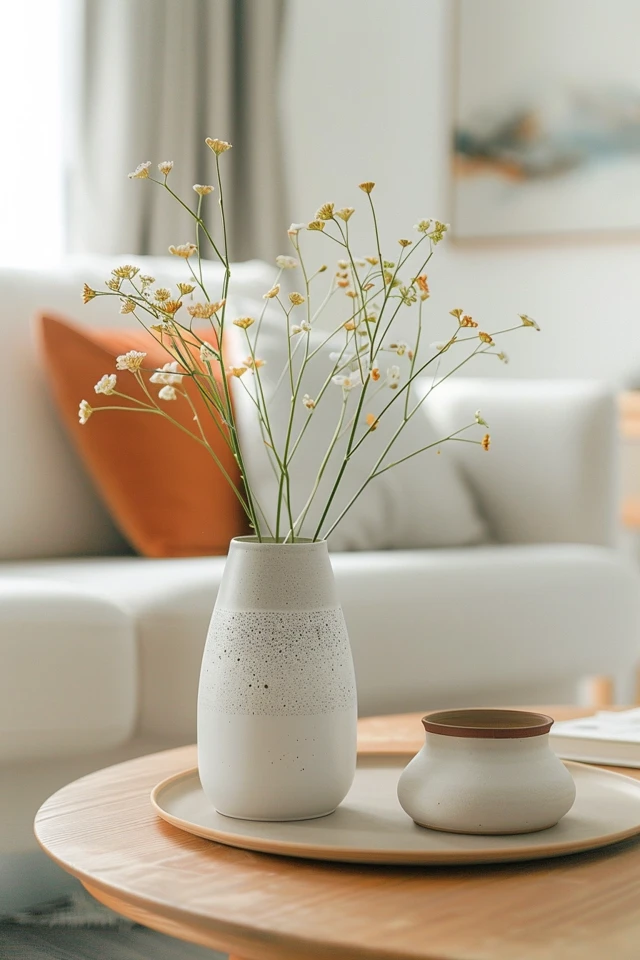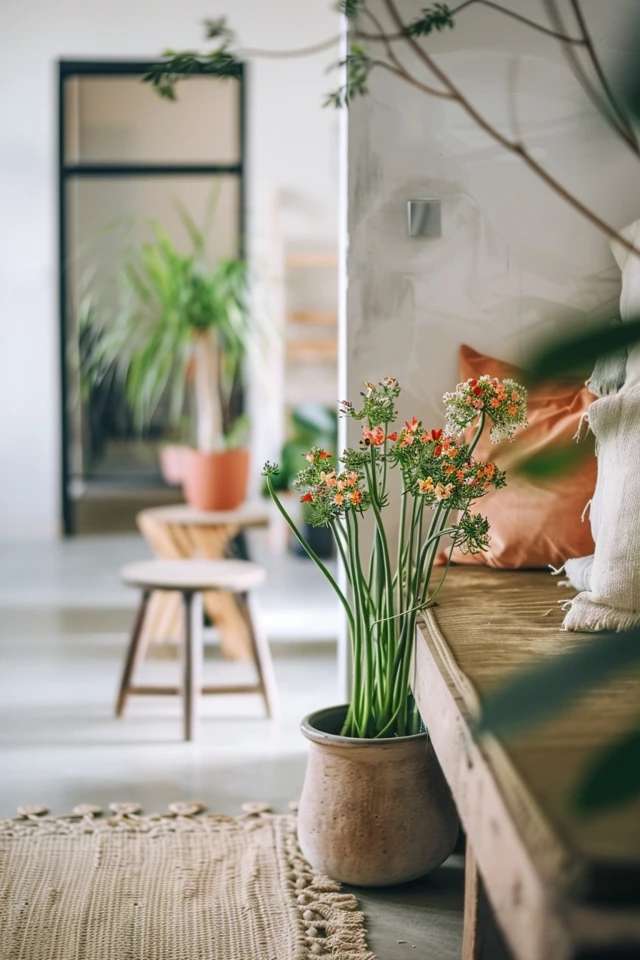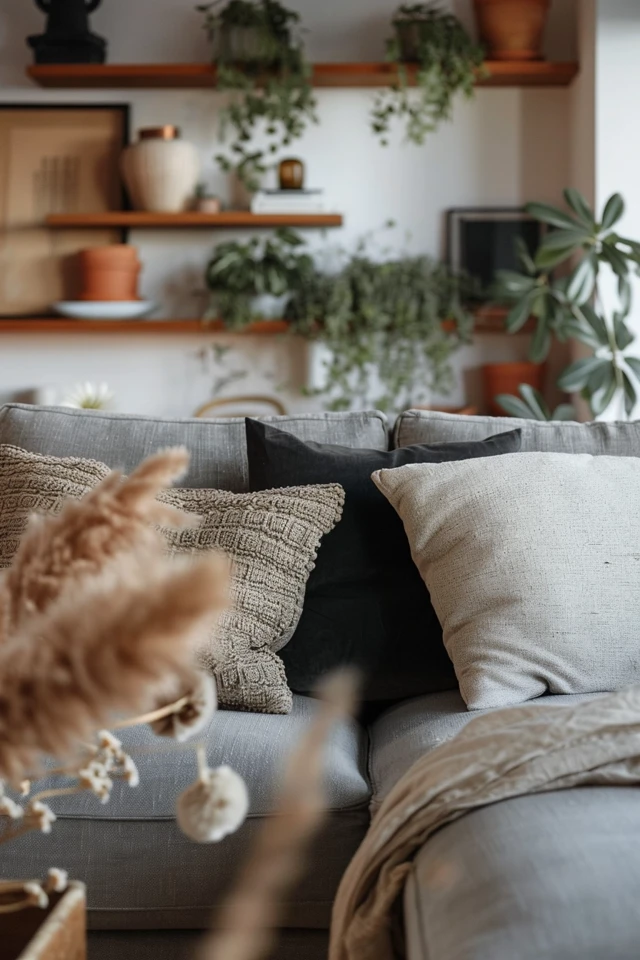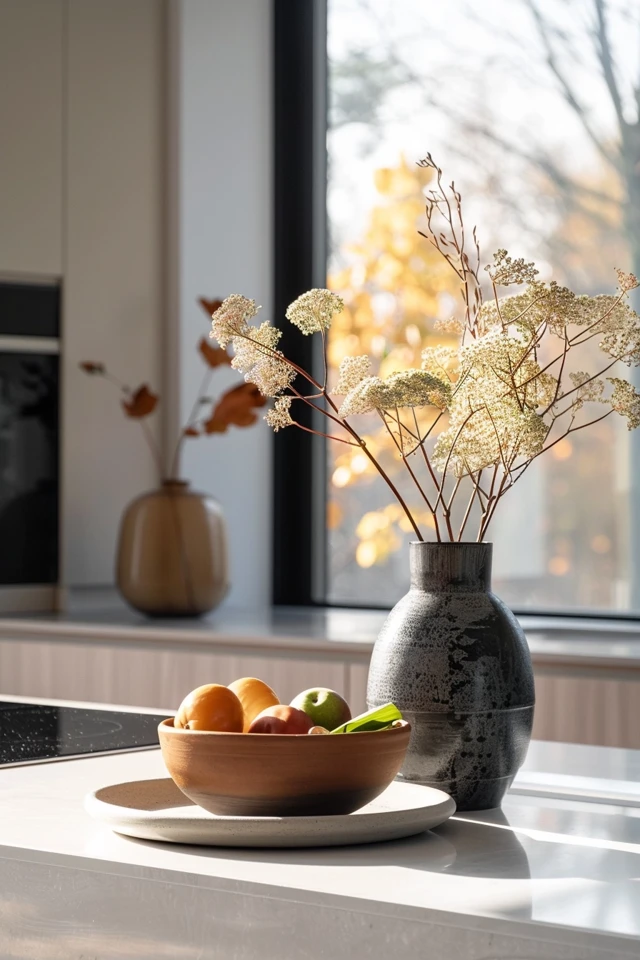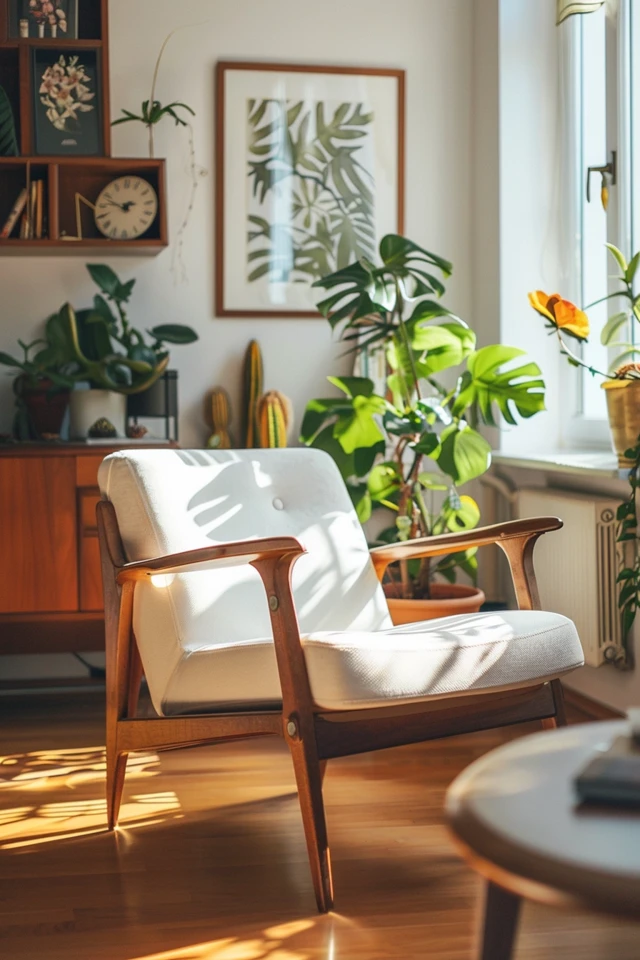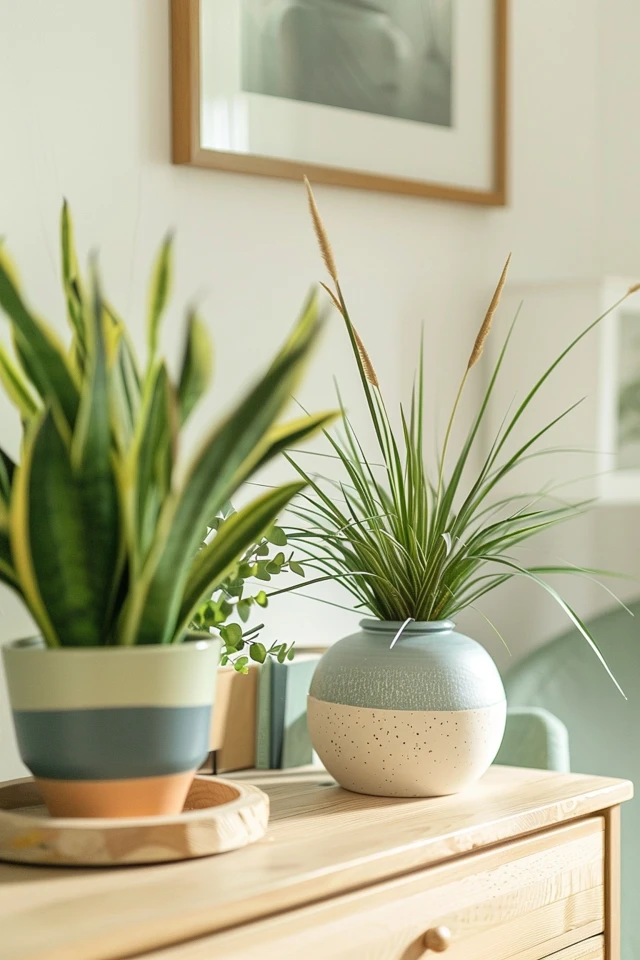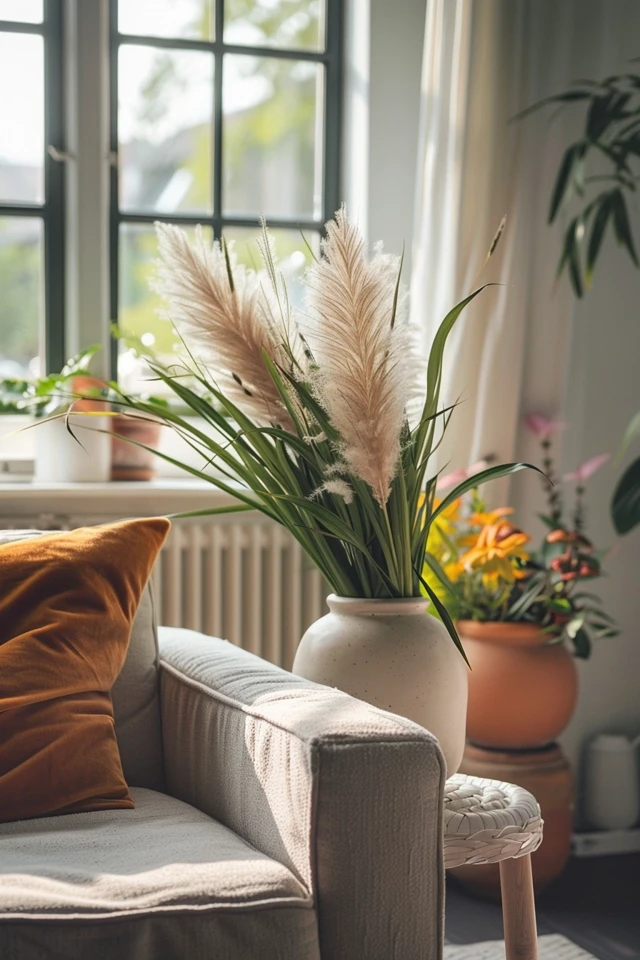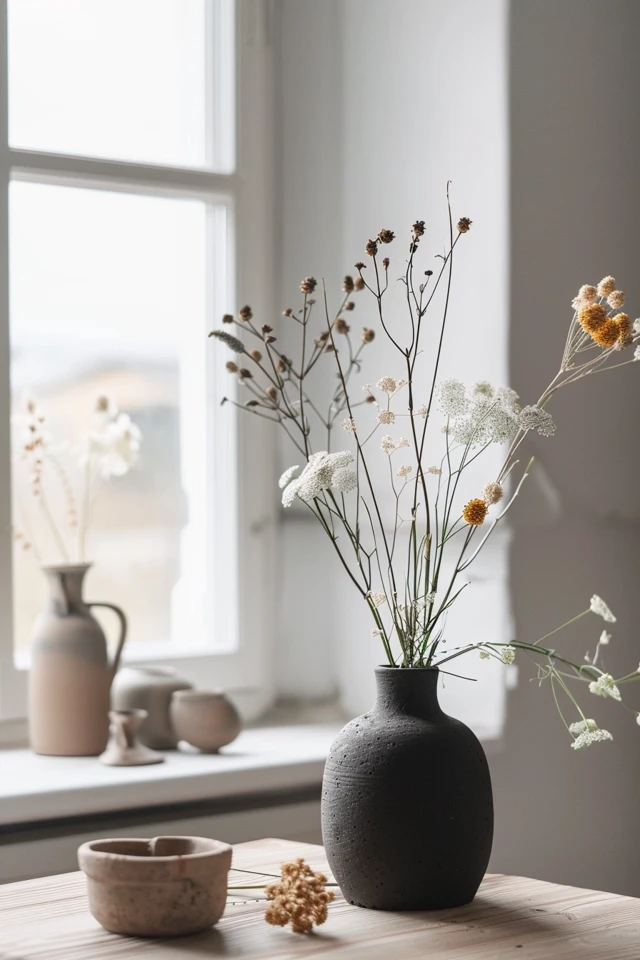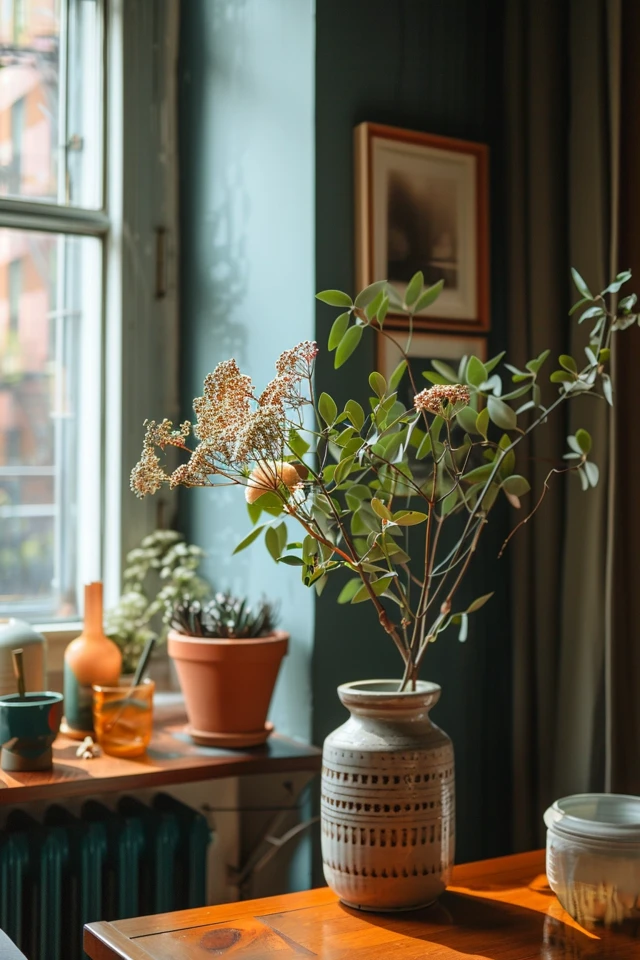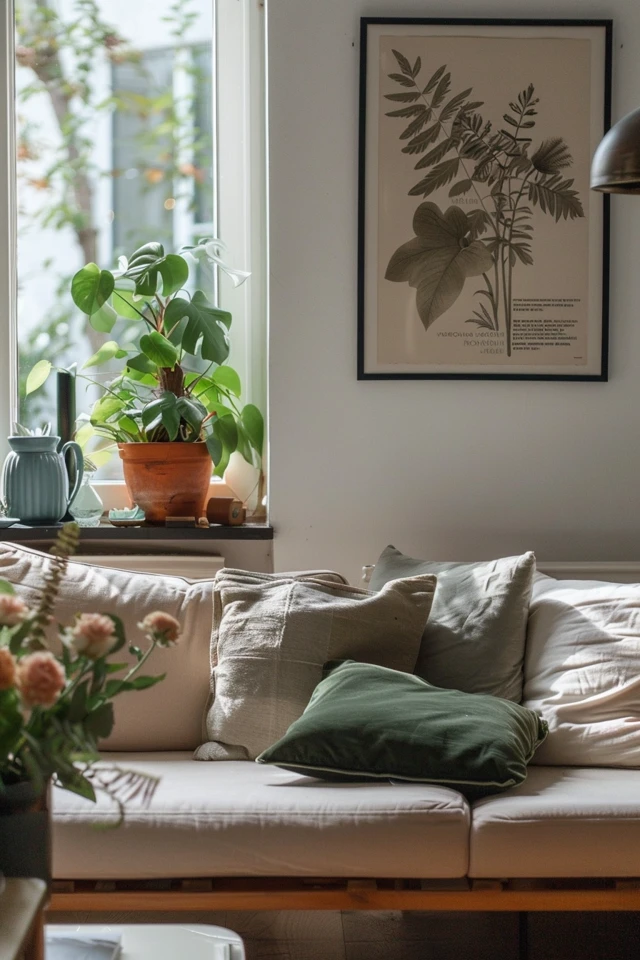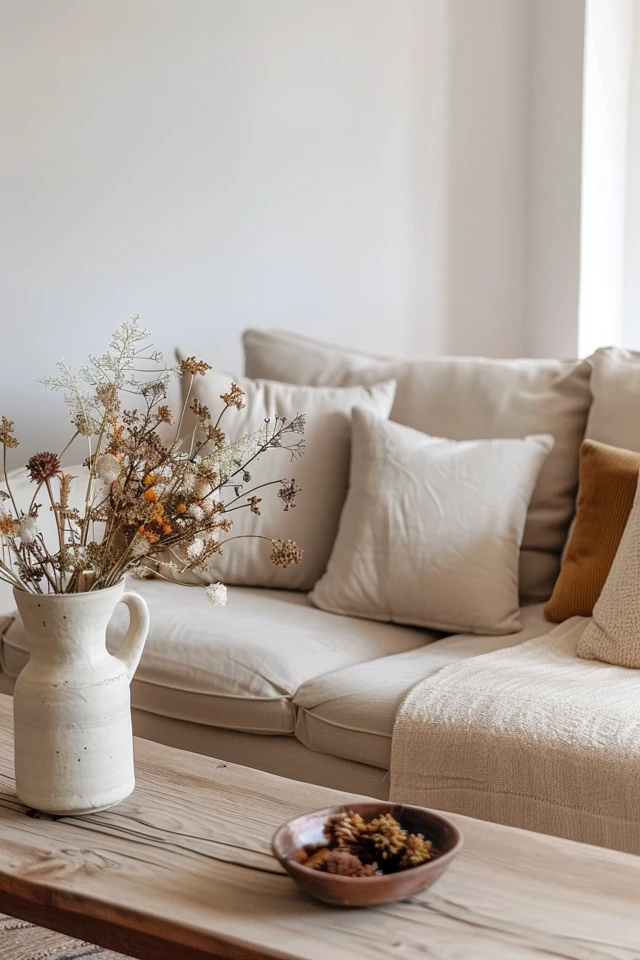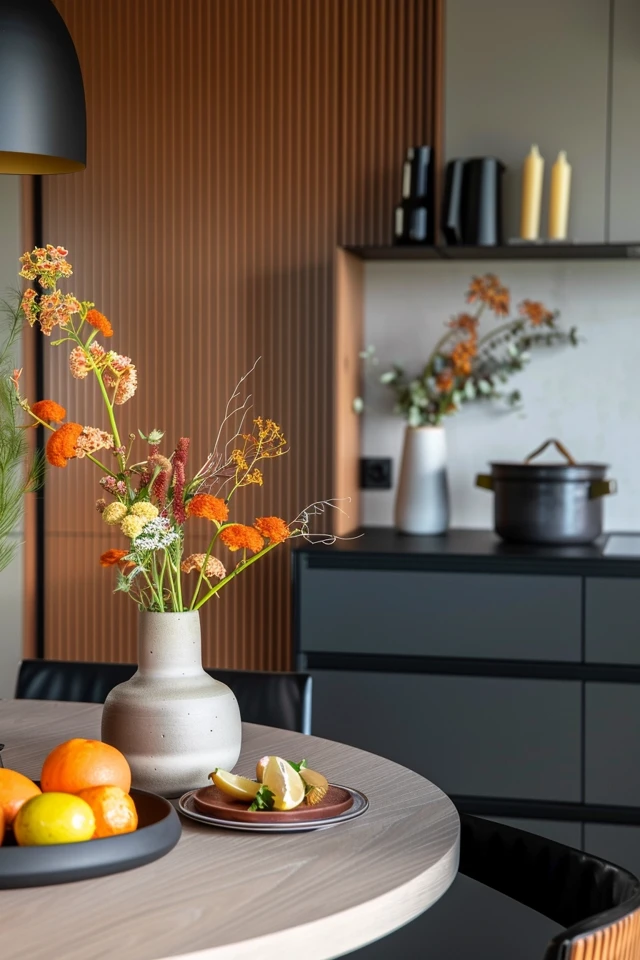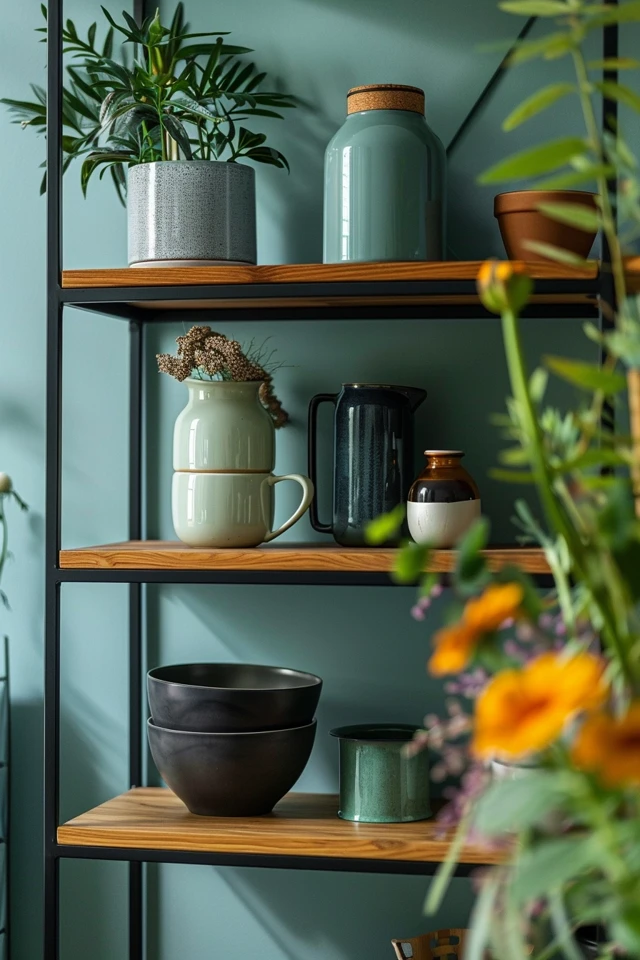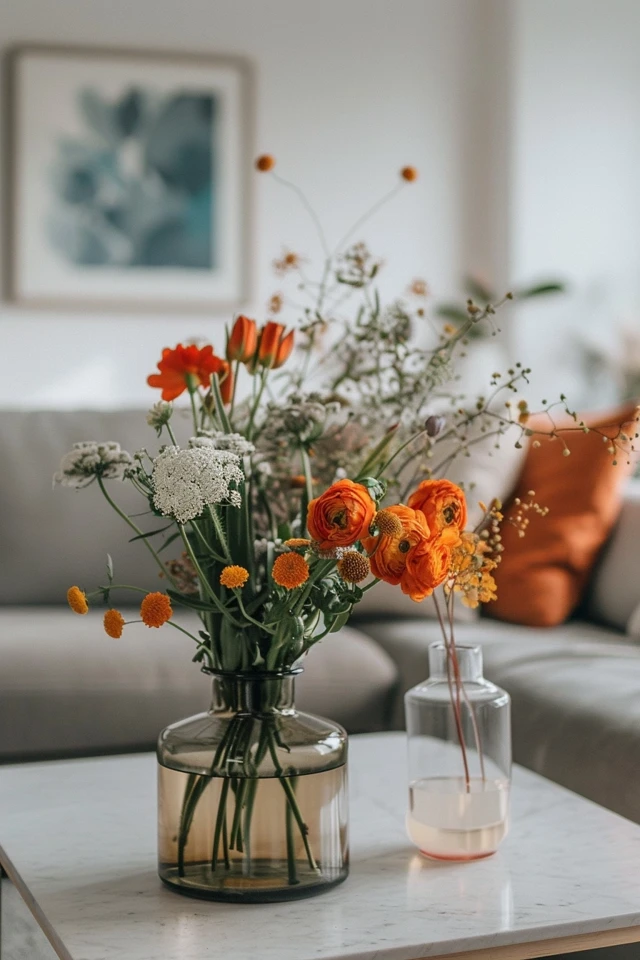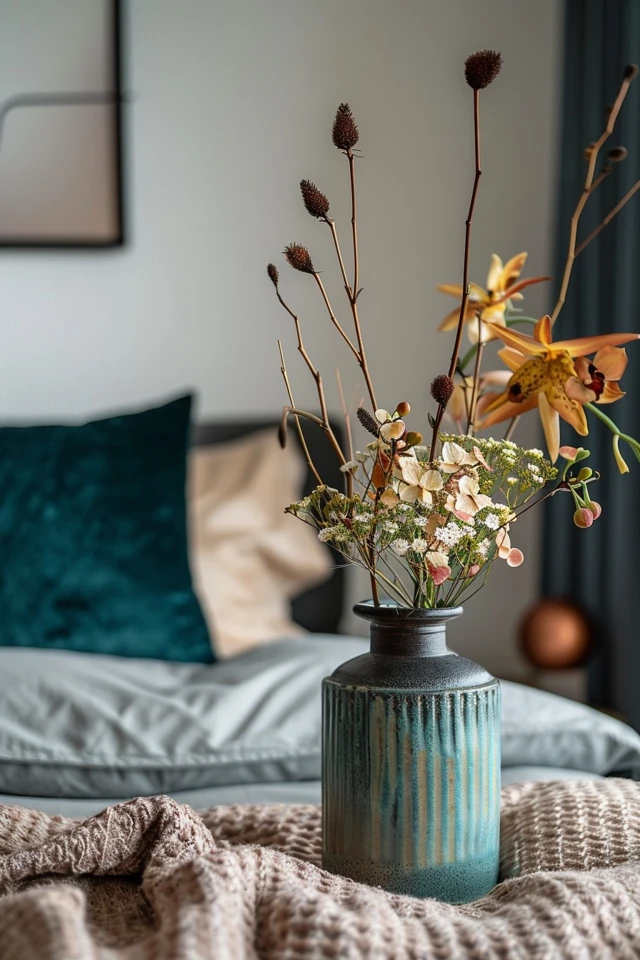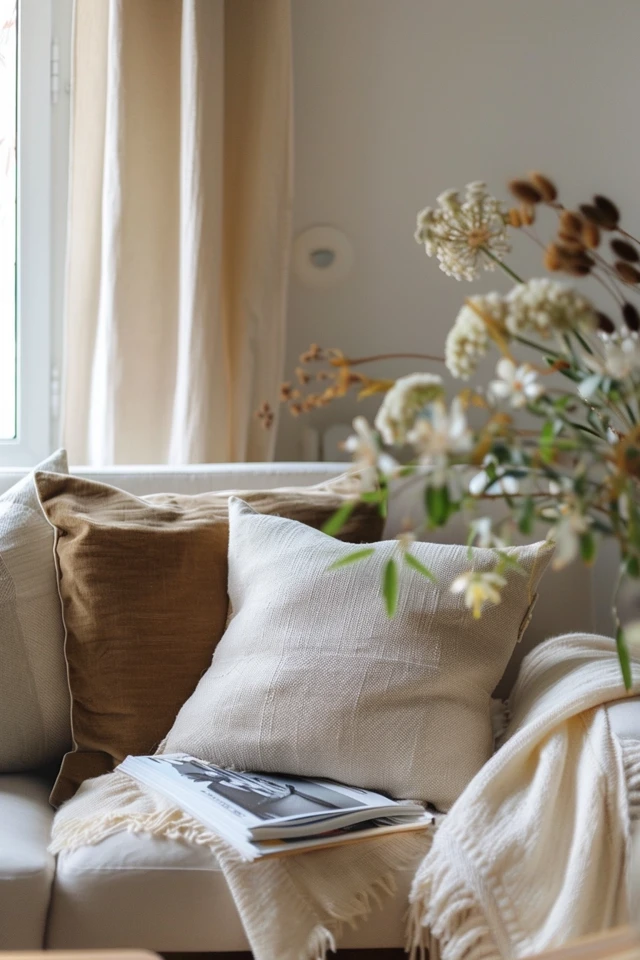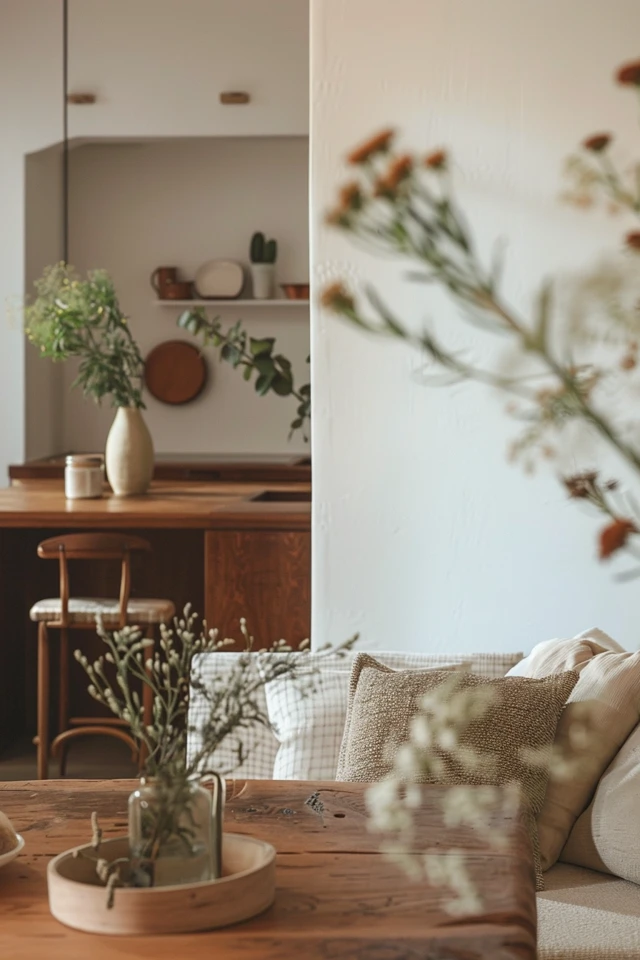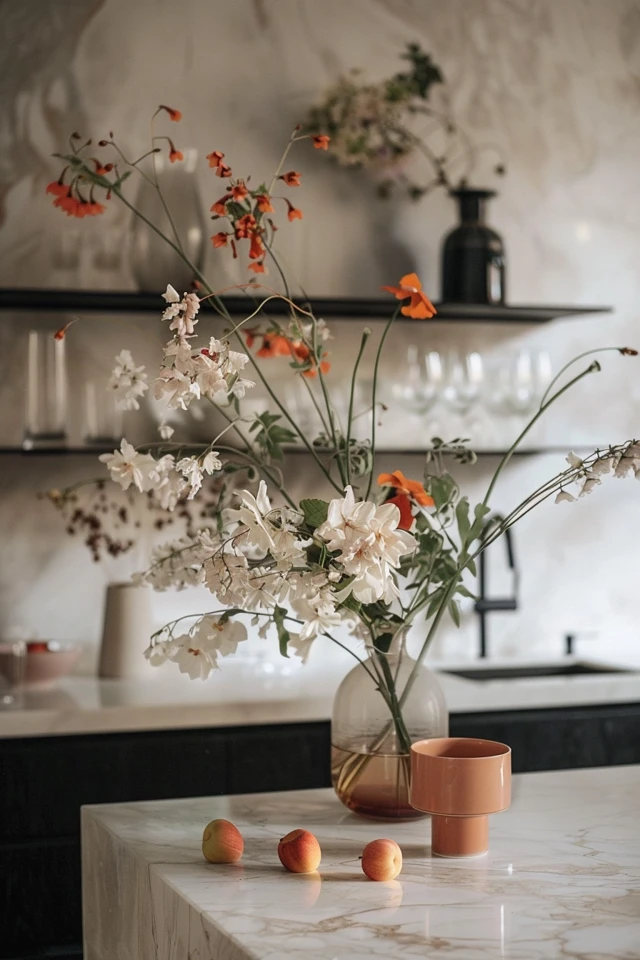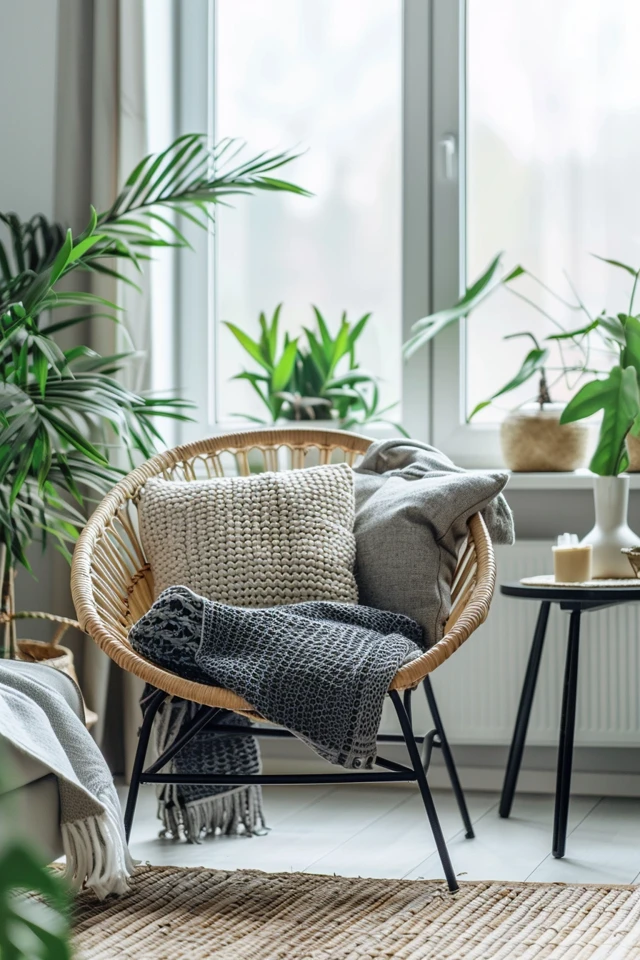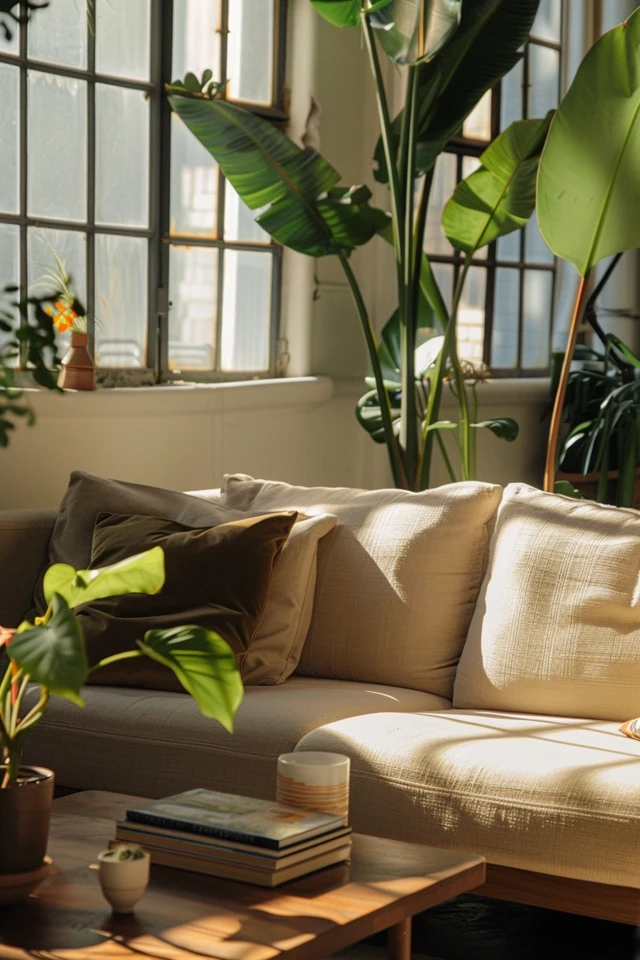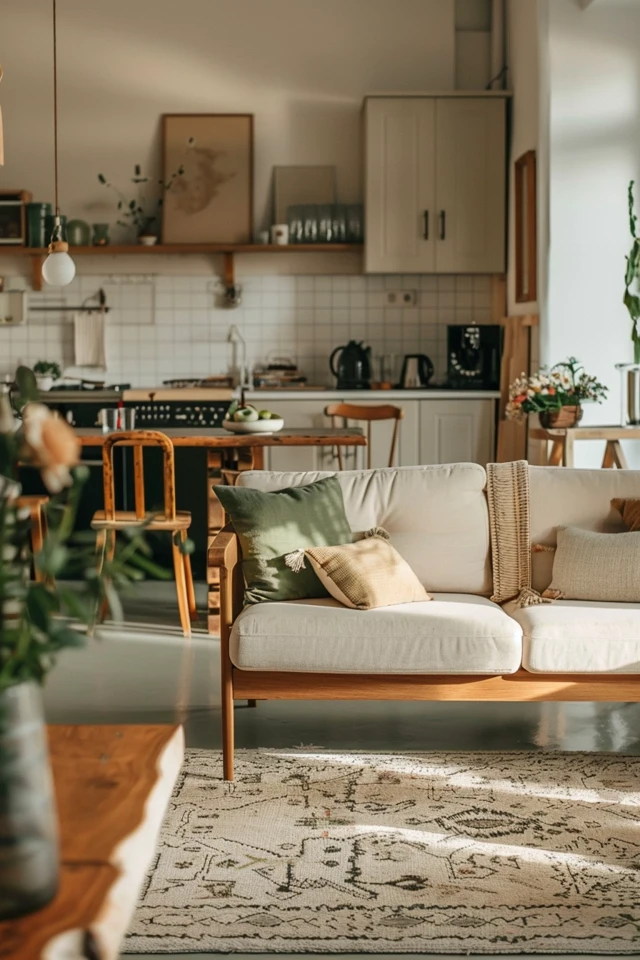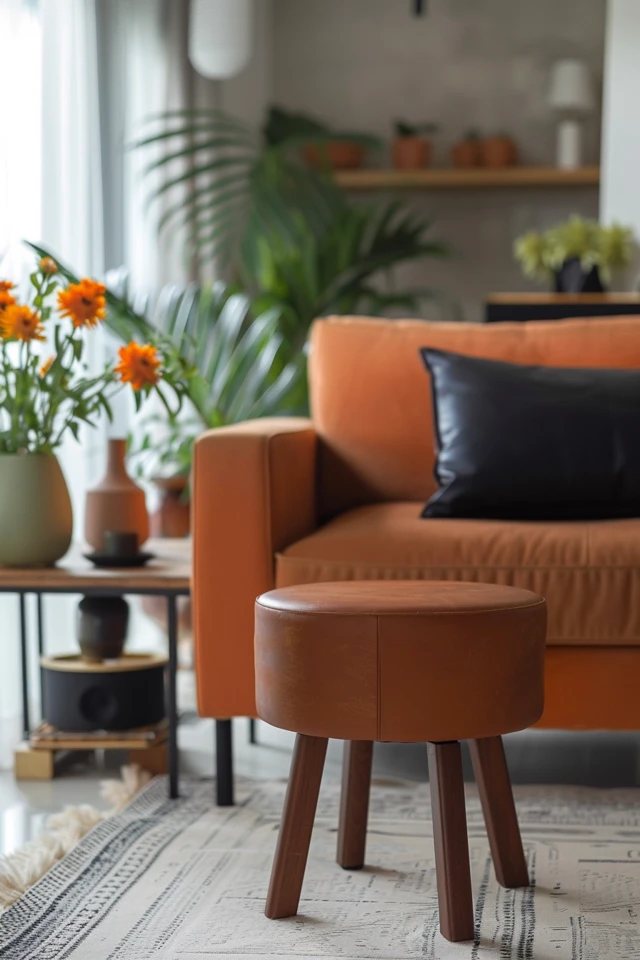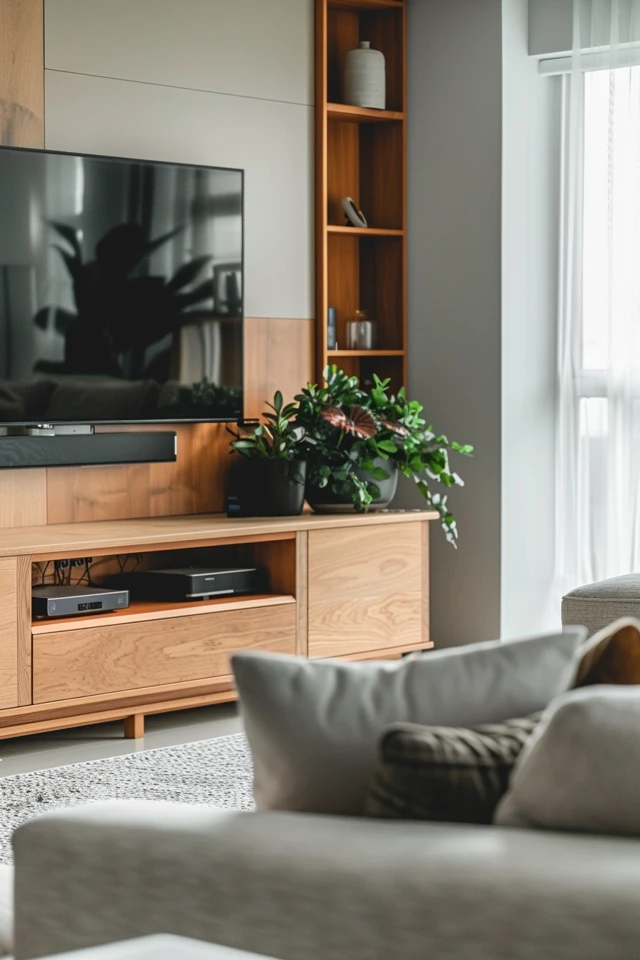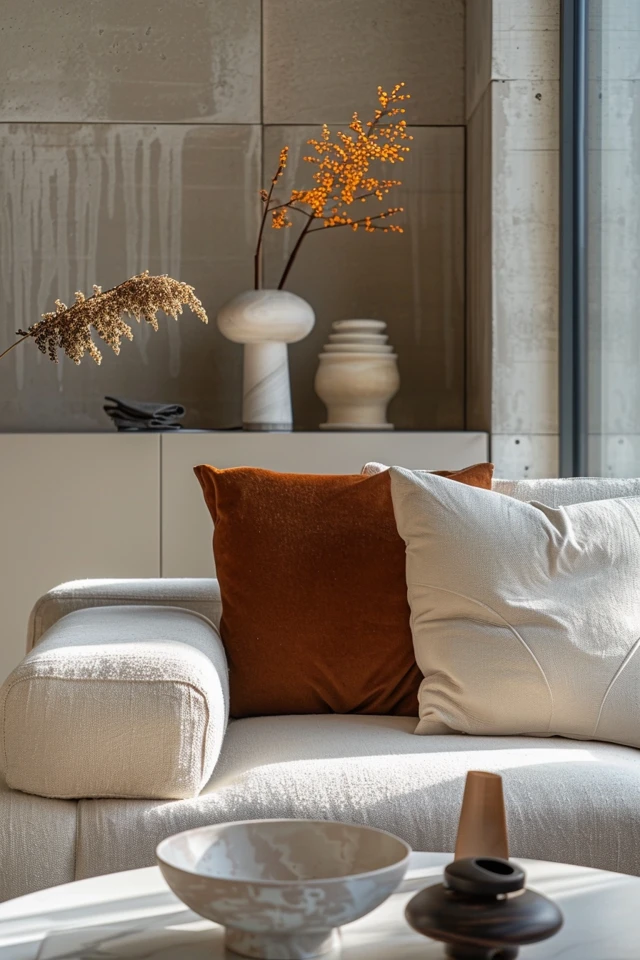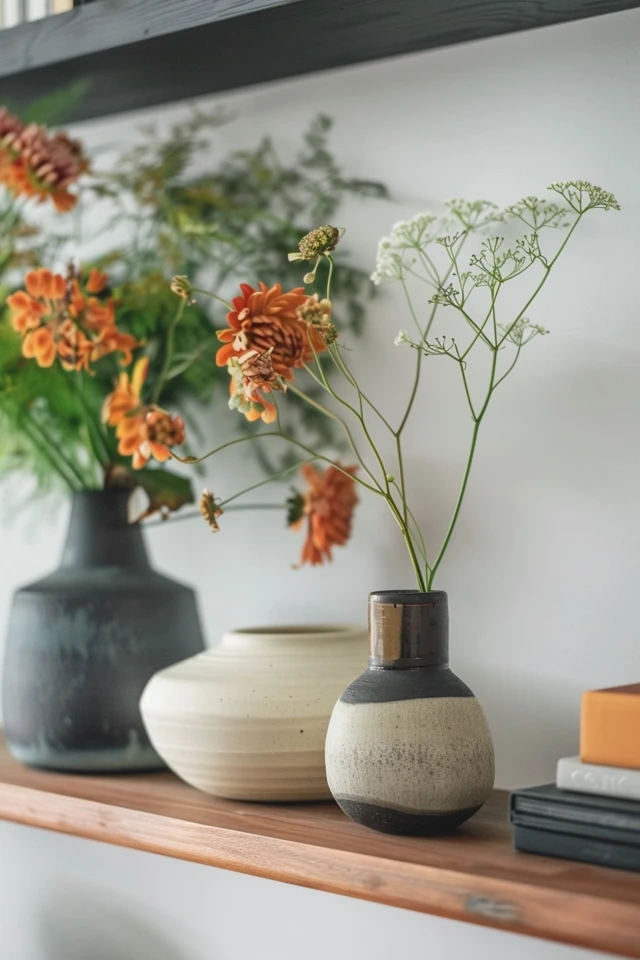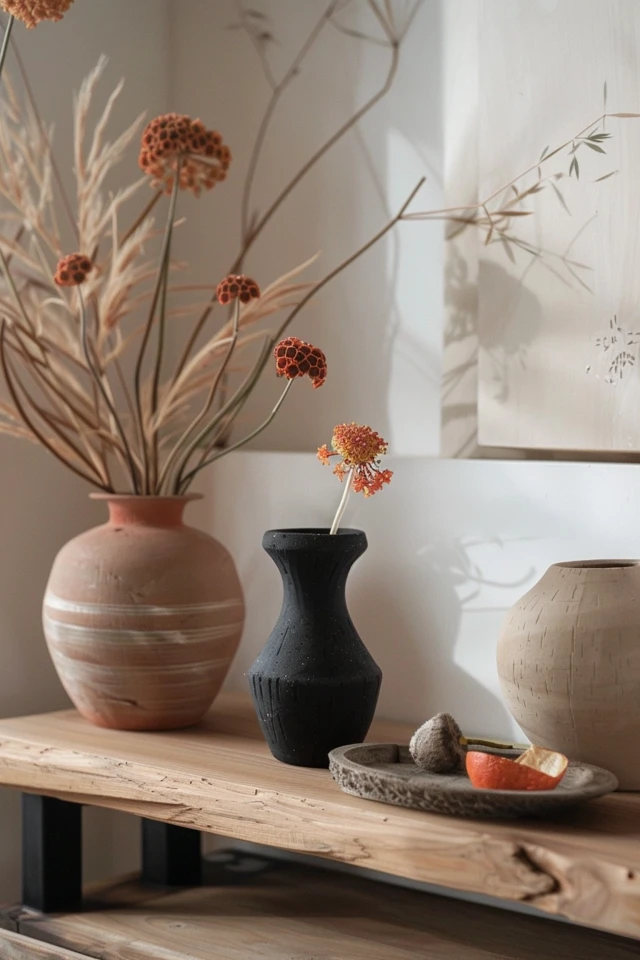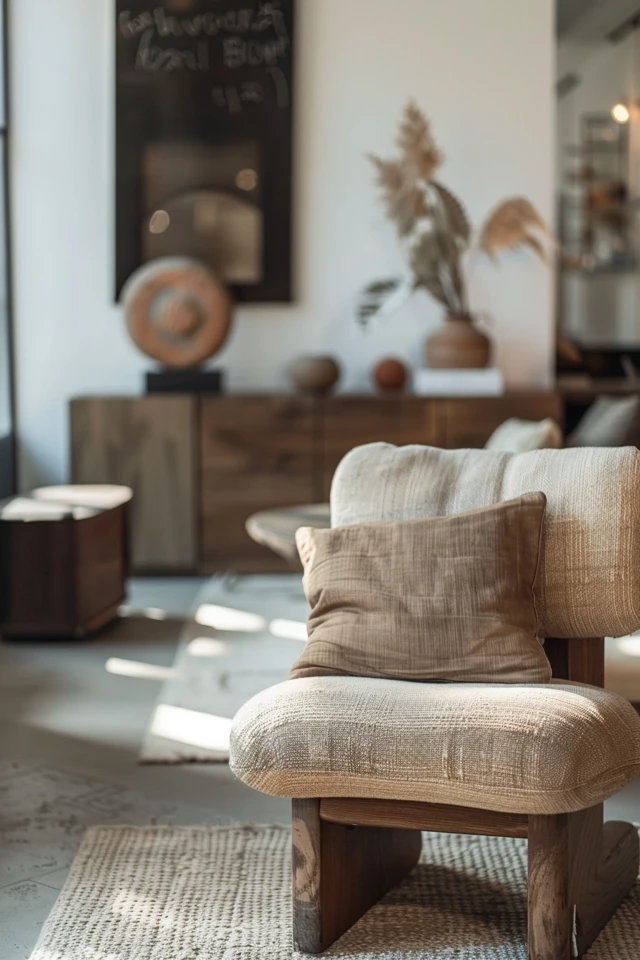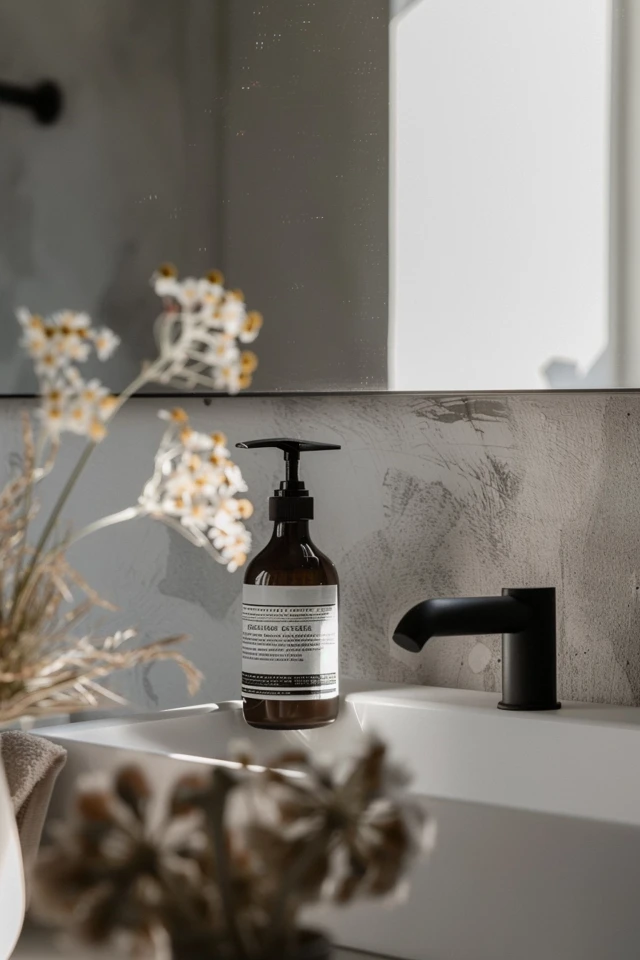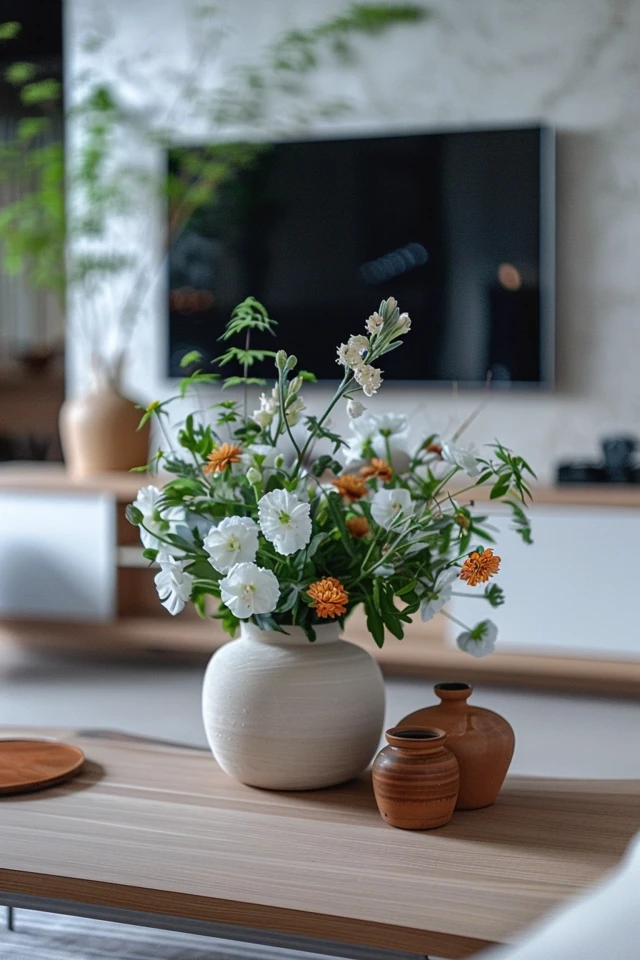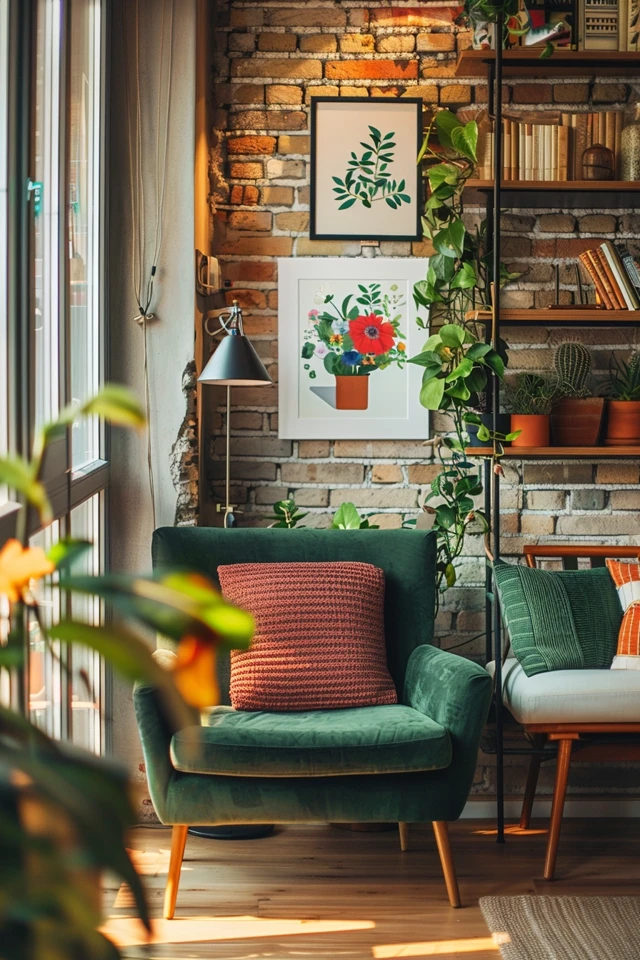Before Reading this Article, Hire Us As Your Designer or Take a Look at My Top 3 Amazon Picks!
If you are looking to blend Amazon's furniture finds with a personalized touch for your space, check out my portfolio, and hire us! You'll get 3 Idea boards, 2 Concept Boards, 2 Realistic Renderings, a Floor Plan, and a Shopping List! Everything's online, plus a 25% discount on your first online interior design project with my Havenly Promo code 4c7441bcfb. With over 2,000 designs since 2017 and top US brand partnerships, your project is in expert hands. US only. Ready to start?
HOMES: INSIDE + OUT Apexa 3-Tier Stackable Wood Bo...
10% OffLiving in a small space doesn’t mean you have to sacrifice style or functionality. With thoughtful planning and creative solutions, you can transform your compact living area into a stylish and efficient haven. As an architect and interior designer with expertise in evidence-based design, I can help you make the most of every inch of your home. By applying smart decor strategies, you can maximize your space and create a comfortable and visually appealing environment.
Small spaces present unique challenges, but they also offer opportunities for innovative design. From clever storage solutions to multi-functional furniture, there are countless ways to enhance the usability and aesthetics of a small room. Evidence-based design principles can guide us in creating spaces that are not only beautiful but also highly functional.
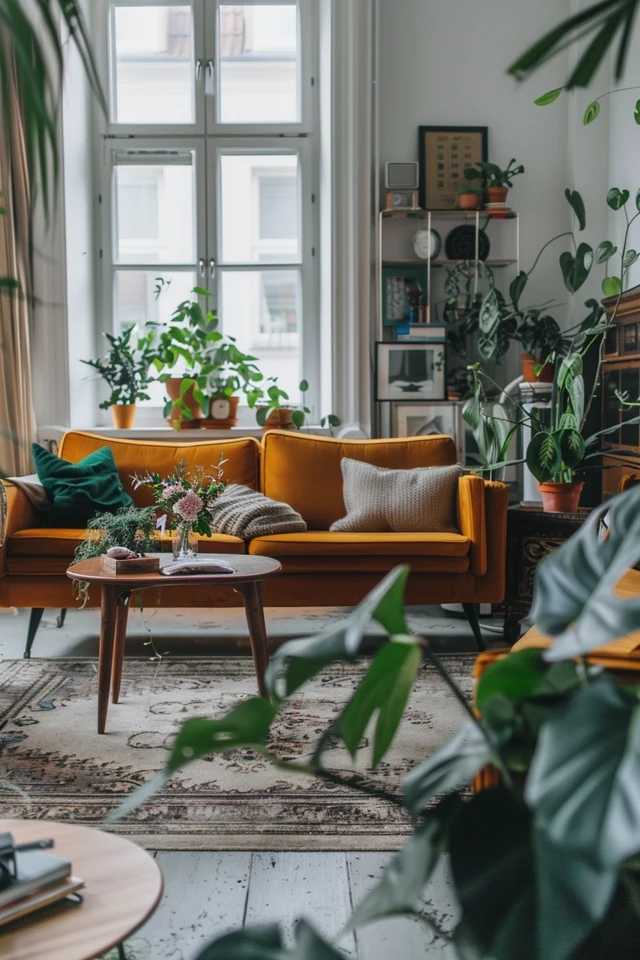
In this blog post, we will explore various home decor ideas that can help you maximize every inch of your small space. These tips are designed to inspire and provide practical solutions that you can implement to make your home feel more spacious and organized.
Key Takeaways
- Choose multi-functional furniture to maximize space.
- Use vertical space to create additional storage and visual interest.
- Opt for light colors to make the space feel larger and more open.
- Incorporate mirrors to enhance light and create the illusion of space.
- Keep it organized to maintain a clutter-free and functional environment.
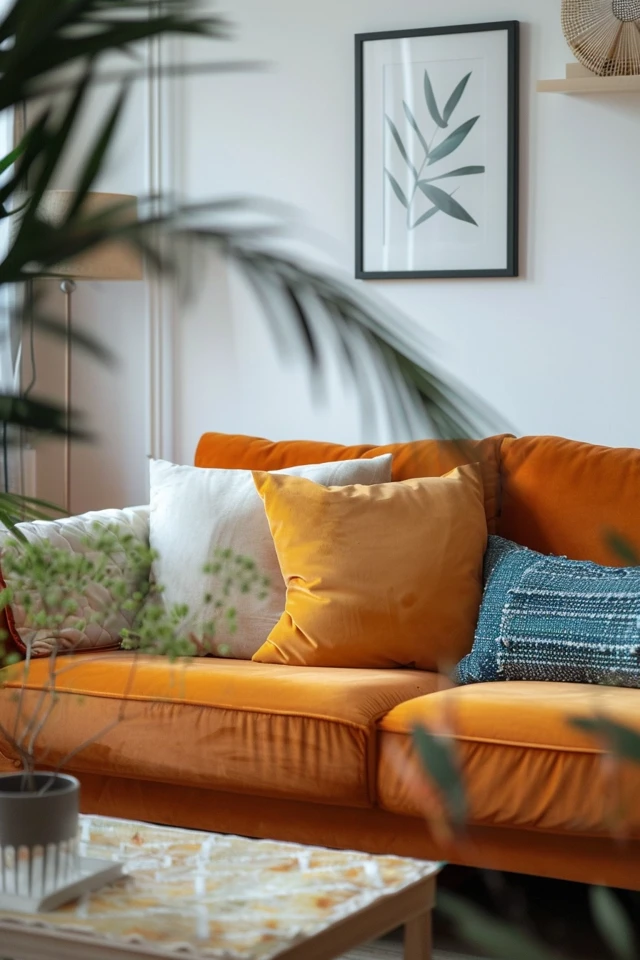
1. Choose Multi-Functional Furniture
One of the most effective ways to maximize space in a small home is to choose multi-functional furniture. Pieces that serve multiple purposes can help you make the most of limited square footage. Look for items like sofa beds, extendable dining tables, and storage ottomans that provide additional functionality without taking up extra space.
Evidence-based design supports the use of multi-functional furniture to enhance the efficiency and versatility of small spaces. For example, a sofa bed can transform a living room into a guest room, while a dining table with built-in storage can keep your dining area organized. Consider furniture with hidden compartments or convertible features to maximize utility.
When selecting multi-functional furniture, ensure that it fits well within your space and complements your overall design aesthetic. Pieces that are both practical and stylish can significantly enhance the functionality and appeal of your small home.
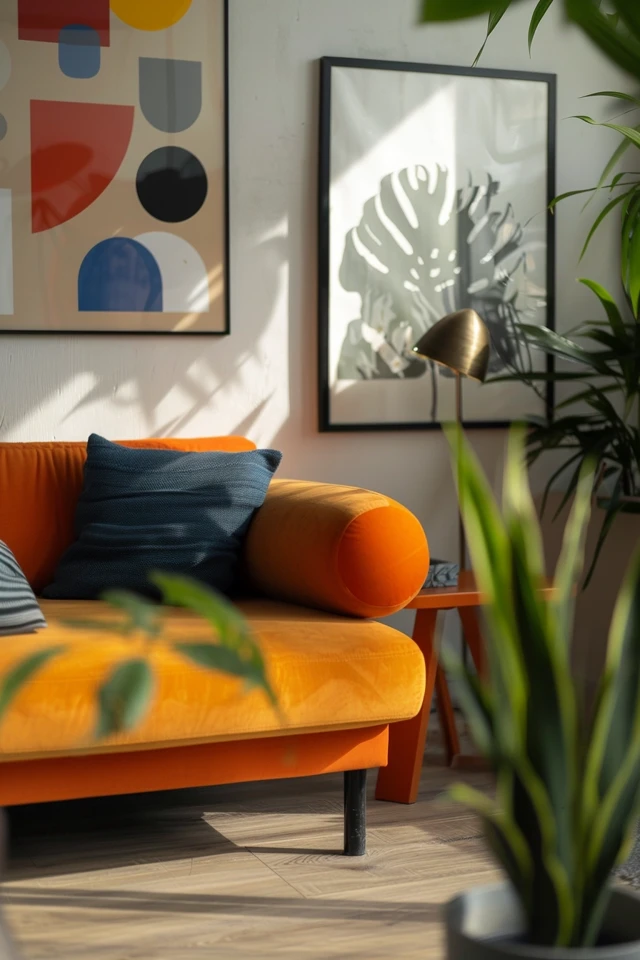
2. Use Vertical Space
Utilizing vertical space is essential for maximizing storage and creating visual interest in a small room. Wall-mounted shelves, tall bookcases, and hanging storage solutions can help you keep your belongings organized and free up valuable floor space. This approach not only provides additional storage but also draws the eye upward, making the room feel taller and more spacious.
Evidence-based design emphasizes the importance of vertical storage in optimizing space utilization. Install floating shelves to display books, plants, and decor items, or use wall-mounted cabinets to store kitchen essentials and bathroom supplies. Pegboards and hooks can also be used to hang items like pots, pans, and tools, keeping them within easy reach.
Consider incorporating floor-to-ceiling storage units in areas like the living room, bedroom, and kitchen. These units can provide ample storage while maintaining a sleek and cohesive look. By using vertical space effectively, you can maximize storage and create a more organized and visually appealing environment.

3. Opt for Light Colors
Light colors are your best friend when it comes to making a small space feel larger and more open. Shades of white, light gray, and soft pastels can reflect natural light and create an airy atmosphere. These colors can visually expand the space and make it feel more inviting and comfortable.
Evidence-based design supports the use of light colors to enhance the perception of space and create a calming environment. When painting walls or choosing furniture, opt for light hues that can brighten the room and make it feel more expansive. Consider using a monochromatic color scheme to create a cohesive and seamless look.
In addition to walls and furniture, use light-colored textiles and accessories to enhance the overall effect. Light-colored curtains, rugs, and throw pillows can add to the sense of openness and create a fresh and modern aesthetic. By choosing light colors, you can transform your small space into a bright and welcoming haven.
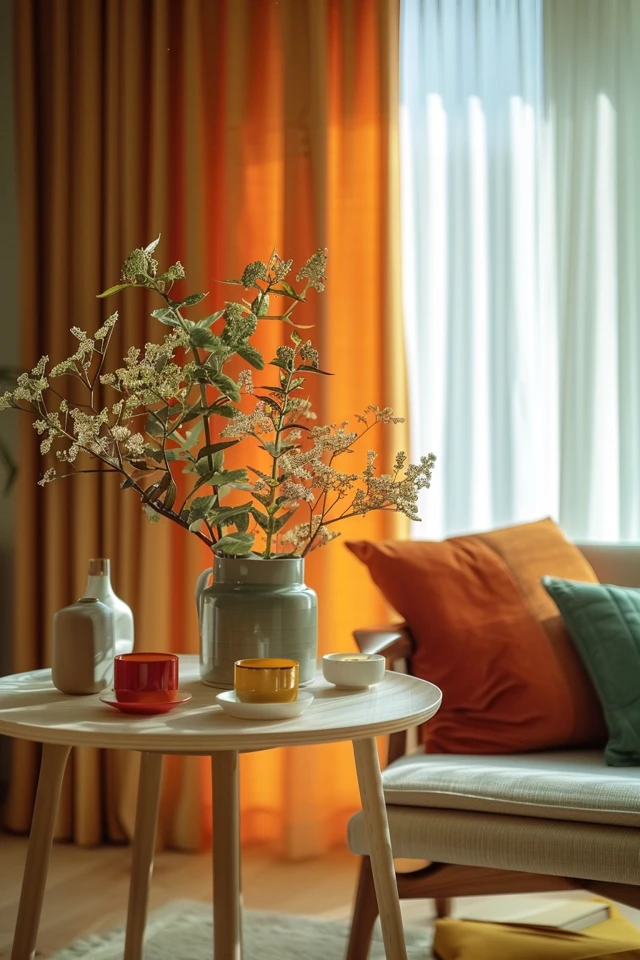
4. Incorporate Mirrors
Mirrors are powerful tools for enhancing light and creating the illusion of space in a small room. They can reflect natural and artificial light, making the room feel brighter and more open. Strategically placing mirrors can also create a sense of depth and make the space appear larger than it is.
Evidence-based design highlights the psychological benefits of using mirrors to enhance spatial perception. Place mirrors opposite windows to maximize light reflection or use them to highlight a beautiful view. Large mirrors can serve as focal points, while smaller mirrors can be used to add visual interest and decorative flair.
Consider incorporating mirrored furniture or decor items, such as mirrored cabinets, trays, and picture frames. These elements can add a touch of elegance and sophistication to your space while enhancing its overall functionality. By using mirrors strategically, you can create a more spacious and visually appealing environment.
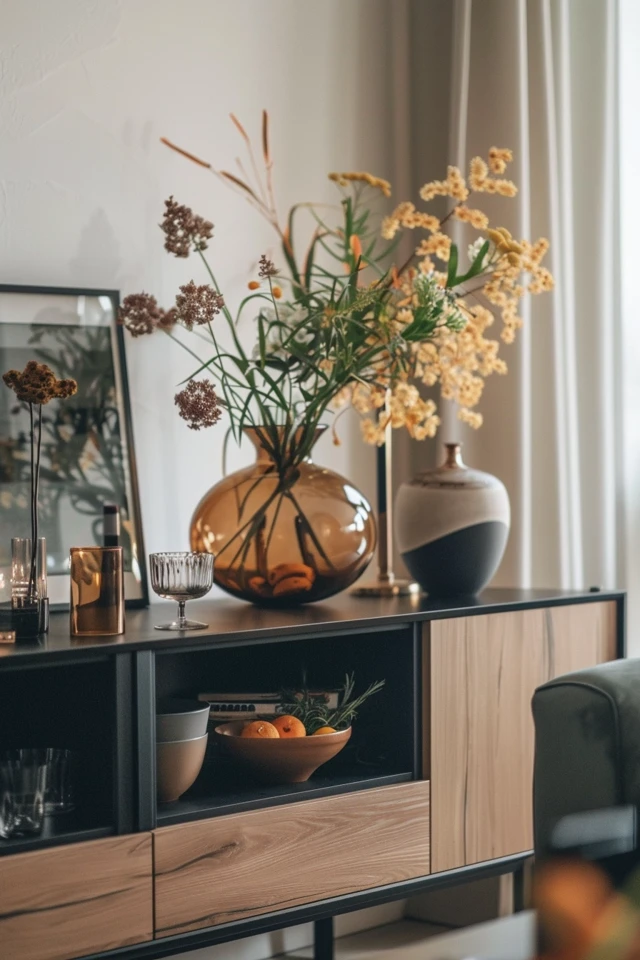
5. Keep It Organized
Organization is key to maximizing the functionality and appeal of a small space. A clutter-free environment not only looks better but also feels more comfortable and efficient. Implementing smart storage solutions and maintaining a tidy space can significantly enhance the usability of your home.
Evidence-based design emphasizes the importance of organization in promoting efficiency and reducing stress. Use baskets, bins, and storage boxes to keep items neatly contained and easily accessible. Labeling and categorizing belongings can also make it easier to find what you need and maintain order.
Consider using furniture with built-in storage, such as beds with drawers or coffee tables with shelves. Maximize closet space with organizers and hangers that optimize storage capacity. Regularly declutter and edit your belongings to ensure that only essential items remain in your space. By keeping your home organized, you can create a more functional and enjoyable living environment.
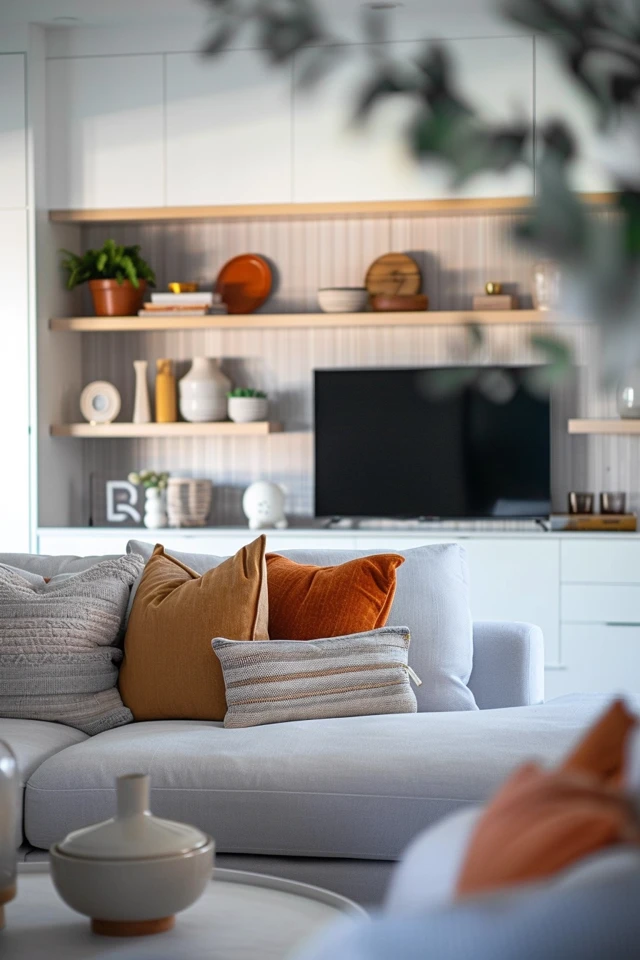
Conclusion
Maximizing every inch of a small space requires thoughtful planning and creative solutions. By choosing multi-functional furniture, using vertical space, opting for light colors, incorporating mirrors, and keeping your space organized, you can transform your compact home into a stylish and efficient haven.
As an architect and interior designer with expertise in evidence-based design, I encourage you to embrace these strategies and make informed choices that enhance your living environment. A well-designed small space can improve your quality of life, boost your mood, and provide a welcoming and functional home.
Remember, the key to successful small space decor is to create a balance between aesthetics and functionality. By following these tips, you can achieve a home that is not only visually appealing but also a joy to live in. Happy decorating!
Inspirational Pictures
